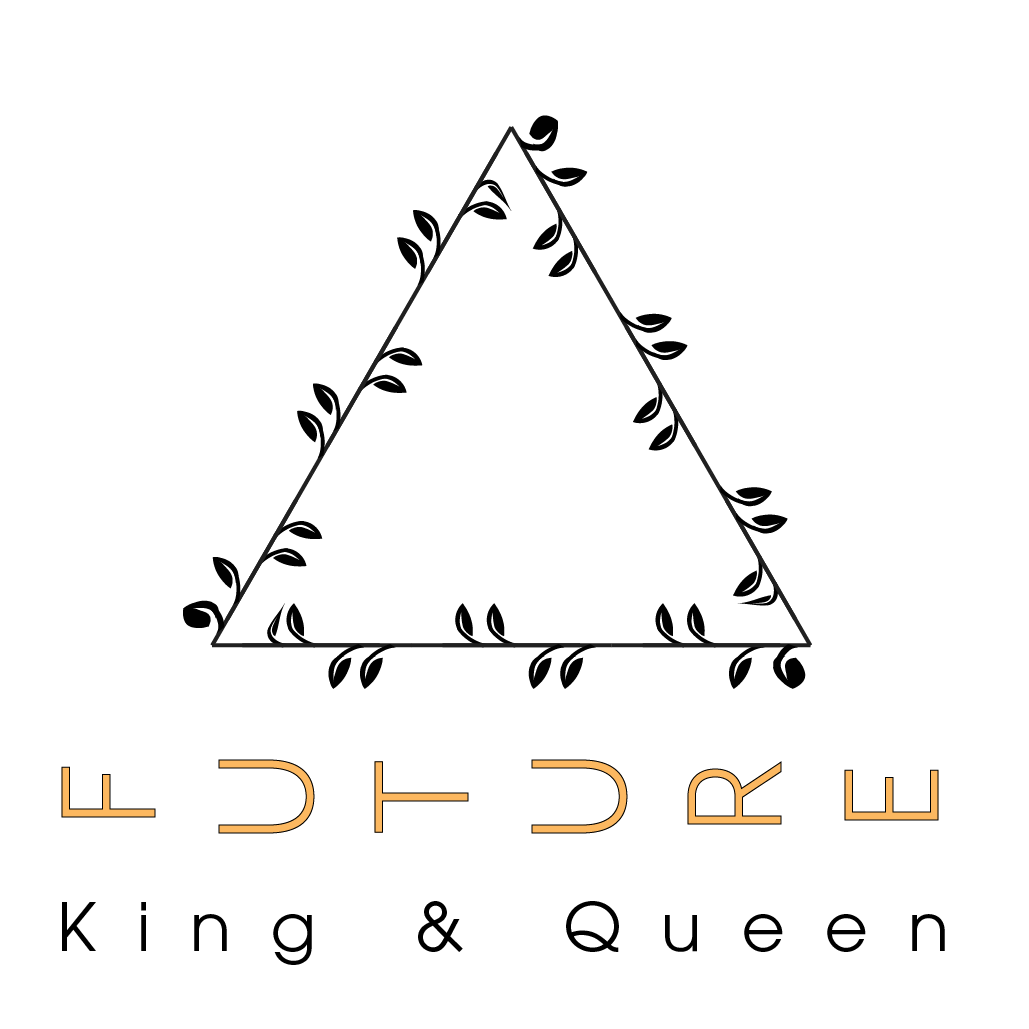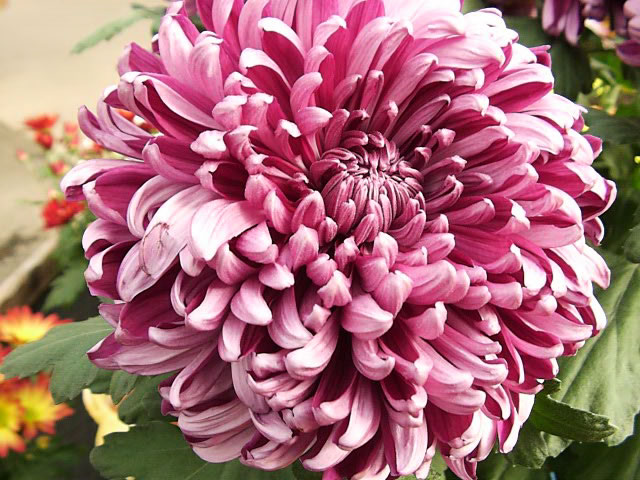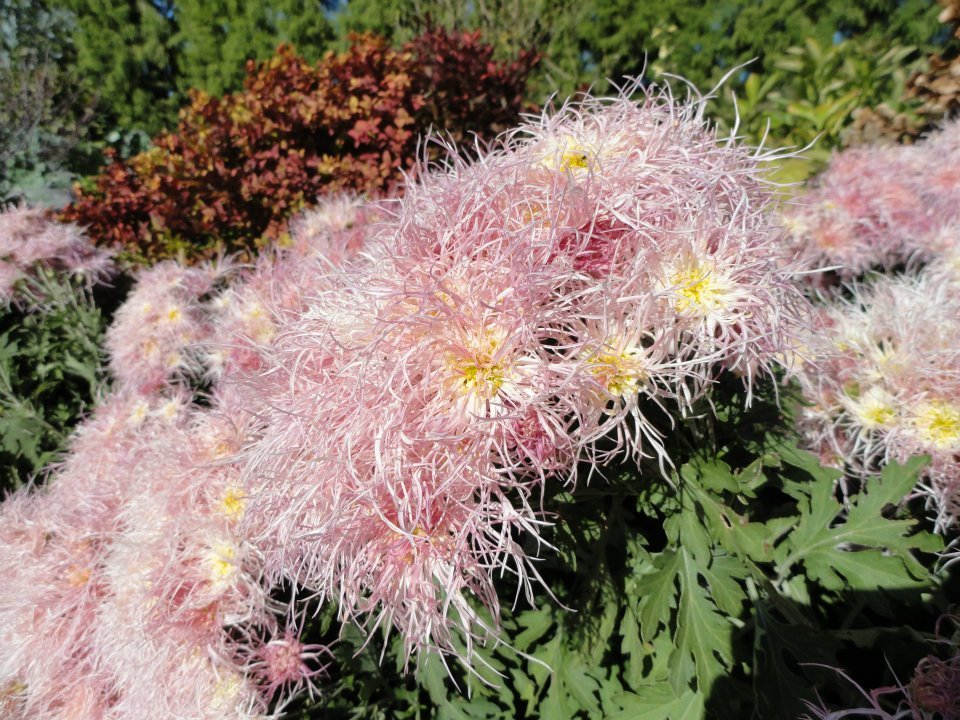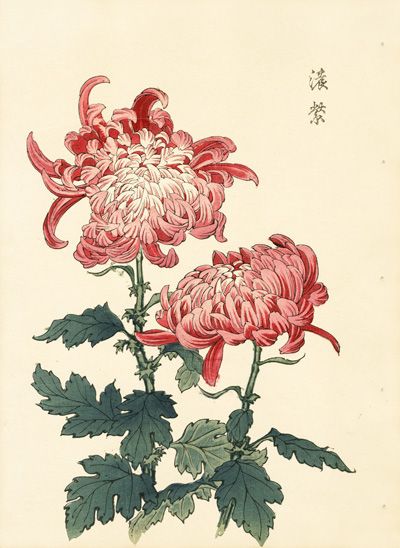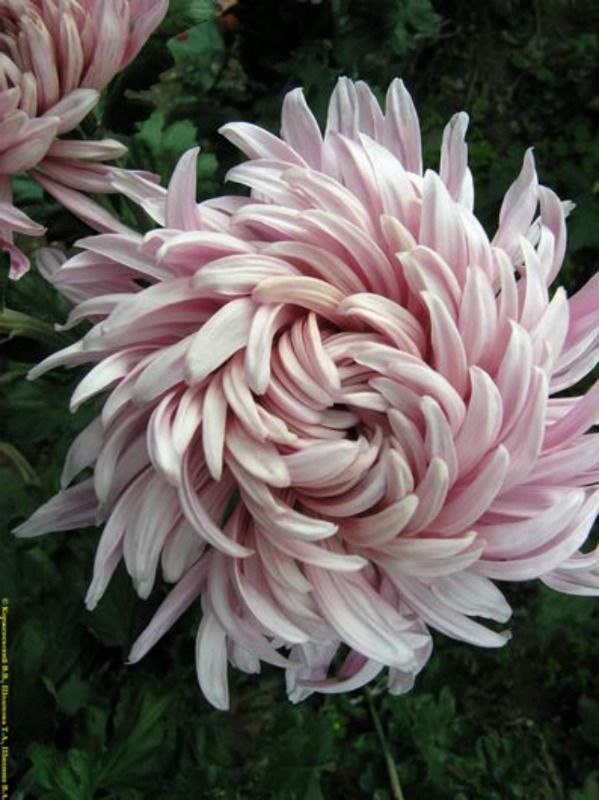Chrysanthemum in November :: Birth Flower of the Month
Our feature flower for the new month of November is a bit of a multi-tasker. It's a florist favourite, because of its longevity in a vase and the huge array of gently-blushed available colours; it makes for a traditional gift for Mother's Day; is highly valued as a healing tea, and has always been a gardener's friend because of its ability to repel unwanted bugs in the veggie patch.
But this old-fashioned cottage garden flower also has another secret power up its sleeve (or stem, as it were...): Because it turns out that the humble little Chrysanthemum plant is actually rather fabulous at absorbing toxins in our modern homes.
So let's discover a bit more about this clever and beautiful birth flower for November....
Chrysanthemum, or "Mums" as they are sometimes affectionately referred to, are herbaceous perennial sub-shrubs. (Meaning, they last more than one season in the garden, and are small shrub-like plants.)
Thought to have originated in China, they are naturally found throughout Asia and North-Eastern Europe.
With their voluminous petals, it's not hard to see why florists love Chrysanthemums. These giant flower heads make local Melbourne florist Katie Marx look like Alice in Wonderland in scale.
CHRYSANTHEMUM:
compassion,
friendship,
secret love,
cheerfulness,
abundance.
In the traditional Language of Flowers, a gift of Chrysanthemums would convey friendship or perhaps even a Secret Love (red ones) or a Tainted Love (yellow ones). As a Birth Flower, it represents the traits that November born people supposedly display: cheerfulness, abundant happiness.
In Australia, Chrysanthemums are the traditional Mother's Day flower, while in Italy, the white ones have a very different association: as a funeral flower. Talk about a contrast!
And in the art of Feng Shui, it is said that happiness and laughter will abide in a home where Chrysanthemums reside. So I think we've covered all bases of emotions with this flower!
BOTANICAL notes about CHRYSANTHEMUMS
Chrysanthemums grow best in a sunny open position, with at least 5-6 hours of direct sun per day. They like a cool, temperate climate, and will tolerate afternoon shade, but do not like wind. (The tall stems can snap easily in windy conditions.)
Heirloom varieties tend to be larger, while modern varieties have been bred for compact shape to make them suitable as gifted, potted, flowering plants. You can transplant a gifted pot into your garden, to extend their lives.
If in a happy spot, each autumn they will reward you with long lasting flowers.
The Many Uses of Chrysanthemums....
1. Florist Flower
As we have seen, they are a favourite flower amongst florists because of the huge variety of delicate tones - from creamy white through to lime green, palest blush, soft gold, apricot and deep, dark burgundy.
But they are also prized for their longevity as cut flowers. They will last up to 3 weeks as a cut flower!! Simply change the water every second day, and add a sprinkle of Citric Acid into the water before you place the stems back into the vase.
As with all cut flowers, remove all leaves below the water line to stop them decomposing, and always cut a small piece of the stem off at an angle (to maximise water absorption) before placing in the vase water.
2. Chrysanthemum Tea
Celebrated for their healing properties, Chrysanthemum petals have been used as a medicinal tea in Chinese culture for centuries. Whether on their own or mixed with other fragrant petals, the tea is popular as a "cooling" herb.
It was traditionally (and still is) believed to be useful in liver cleansing, improving circulation, and as a stimulant, especially when recovering from illness. In Western herbal medicine, dating from the Middle Ages, Chrysanthemum tea was used both as a tissane, and also as a compress, to alleviate varicose veins and poor circulation. By hunting out organic varieties, the delicate flavour of the petals are allowed to shine through.
A gift of Chrysanthemum tea would make a perfect gift for somebody celebrating their birthday in November!
3. Gardener's Friend and Pyrethrum.
The petals of the Chrysanthemum plant have long been used as a natural pesticide, originally by grinding up the dried petals to form Pyrethrum, and sprinkling it on cats and dogs as a flea repellant, as well as on veggies in the garden.
Pyrethrum is biodegradable, and can be used as an insect repellant on people (especially useful as female mosquitoes find it unattractive), but can be harmful to fish. Therefore, it's best used carefully around fishponds in the garden, or near waterways. Alternatively, the plants can be grown adjacent veggies to naturally deter veggie-munching insects.
